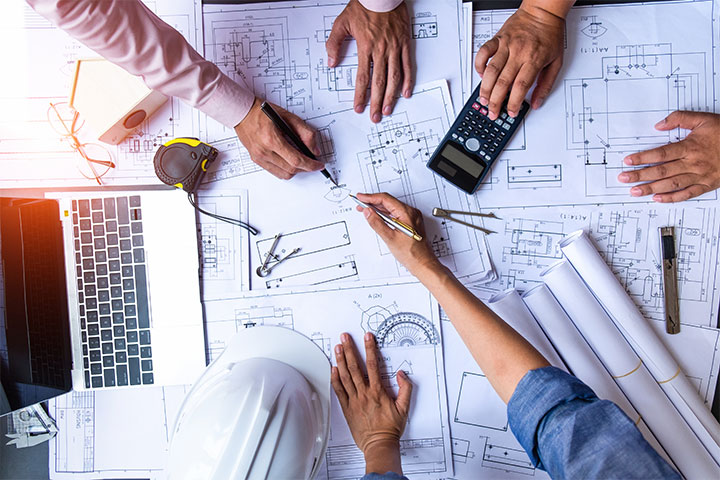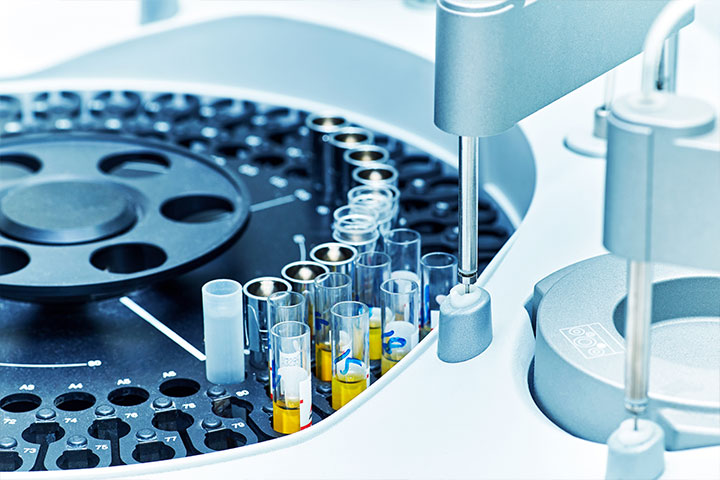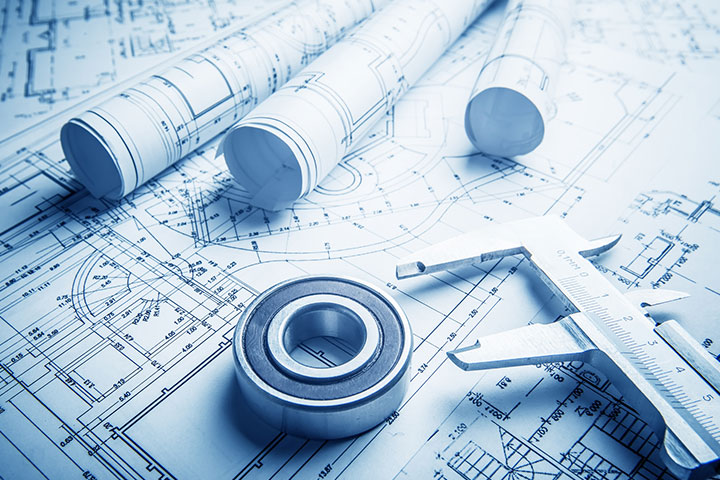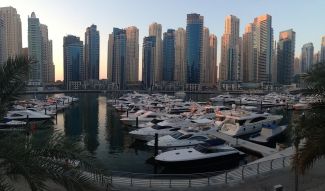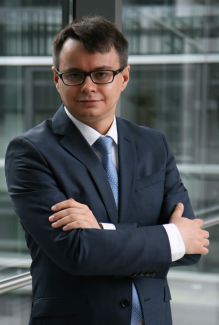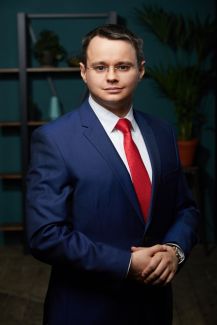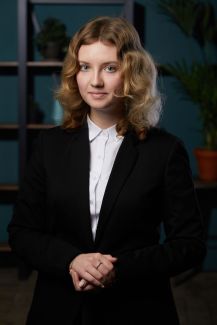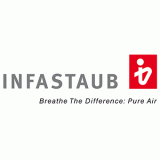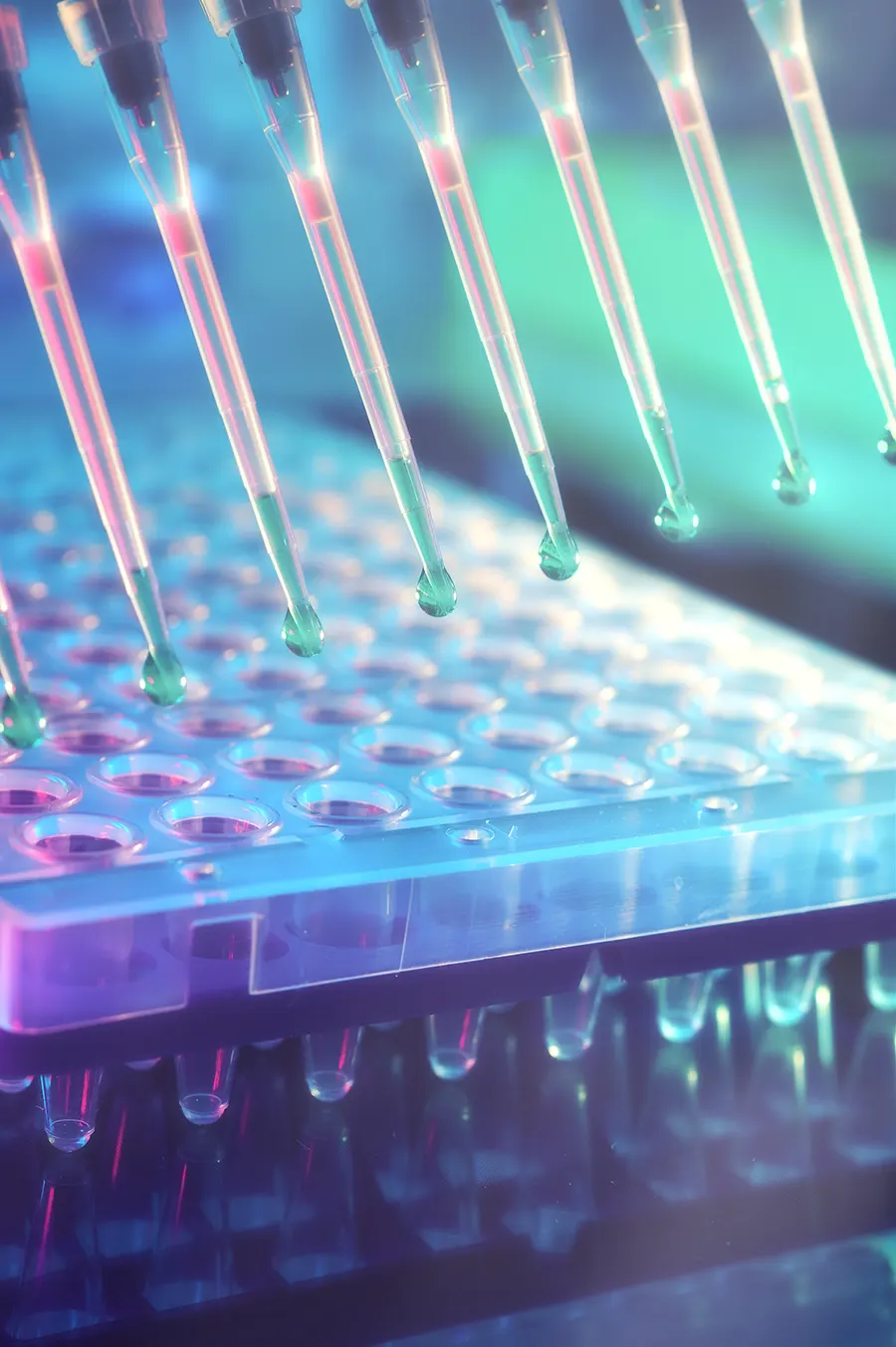
The process of state registration can be subdivided in two phases:
The preparation of all required documents and the examination of the medical products by the notified body plus following registration. Each phase consists of several steps.
I. Phase: Preparation of required documentations
Step 1: Selection of relevant documents
The scope of necessary documents depends on the risk class of the respective medical product. However, the technical documentation basically includes the following documents:
- Technical File
- Instruction manual
- Photos and drawings
- Other relevant documents
Classification of medical devices according to risk categories
According to the order of the Ministry of Health of the Russian Federation no. 4 of june 6, 2012 medical devices can be subdivided in 4 risk categories:
Class 1 – low degree of risk: microscope, scale, medical clothing ecc.
Class 2а – average degree of risk: lenses, laboratory equipment, inhalation devices ecc.
Class 2b – high degree of risk: intraocular lenses, condoms, X-ray machines, infusion pumps, defibrillators ecc.
Class 3 – very high degree of risk: hip and knee joint implants, cardiac catheter, breast implants, lithotripter ecc.
Step 2: Collecting evidence regarding the safety and effectiveness of medical device
State registration is based on several tests, depending on the classification of the respective medical device.
All medical devices are subject to toxicological, biological experiments and technical tests.
Of particular importance are the tests for electromagnetic compatibility of the devices.
Furthermore medical devices underlie the metrological approval certification - a procedure of state supervision of measuring equipment. The metrological certificate confirms, that the certificated measuring instruments comply with the minimum requirements of technical regulations in Russia. This means, that measurement errors of certified devices are prevented by the russian state and that all devices have been subject to required metrological calibration. After the measuring instrument has successfully passed the metrological tests, it is listed in the state register as measuring device approved on the Russian territory and may be used in Russia from that moment on.
Step 3: Determination of reference country and a participating member state
The applicant has to determine a reference country as well as a participating member state. It is the task of the reference country to carry out the registration. The member state instead has to examine, whether the application for registration is valid and complete. The testing laboratories of the respective member state decide then on approval.
II Phase: Examination and registration
Step 1: Presenting the documentation: Request, copies of relevant documents, proof of payment
Requests for examination and registration have to be submitted according to the prescribed form.
Following indications have to be given in the registration request:
- Product description, including of products used in combination with
- Name and address of manufacturer and its representative; legal form of the firm, phone number and email address
- Place of manufacture
- Intended use
- Product number according to Russian nomenclature code
- Classification of medical devices according to risk categories
- HS number
The following technical documentations have to be submitted digitally to the certification body:
- Checklist of essential requirements
- Technical documentations (technical file)
- Instruction manual
- Photo documentation on the product, supplies and its use
- Results of the technical tests
- Results of the pharmacological-toxicological examinations
- Available certificates, such as ISO 13485
- Metrological certificate
- Proof of efficiency and safety of the device
- Verification and validation report within the scope of development
If all required documents are complete and correct, the notified certification body decides whether to open the registration process. The responsible body in Russia is Roszdravnadzor.
Step 2: Examination of medical devices
The examination of medical devices includes the analysis of the following documents:
- Documents regarding the safety and quality of the product
- Product development and manufacturing (design and production drawing, schemes of components, assemblies, circuits)
- List of applied norms and regulations
- Results of technical tests (for example EMC, electrical safety)
- Report on the manufacturing audits carried out
- Statement on pharmacological effectiveness (if necessary results of the consultation procedure)
- Examination results (for example material testing, pharmacological-toxicological inspections, data on biocompatibility, stability analysis)
- Risk analysis
- Classification according to risk classes
- Product number according to Russian nomenclature code
- Sterilization process
- Product validation, validation of packaging, process-validation (for example sterilization, manufacturing), software-validation
- Product stability
- Information about marketing (if the product has been placed on the market more than 2 years ago)
- Information about accidents
- Marking
- Instruction manual
- Results of the state supervision procedure for measuring instruments
The examination process can take up to 8 months. If everything is in order and the manufacturer has improved all the comments of the certification body, an expert report may be issued.
Step 3: Approval on test reports issued by a notified body of the reference country
In the next step an expert report on approval is submitted to the notified certification body of the involved member state.
Step 4: Registration of medical products
The expert report is approved. The certification body of the reference state registers the information on medical devices, their instruction manual and the icon of the marking in the standardized register of medical devices.
The certification body of the reference country issues the registration certification.
Time duration and costs of state registration
The state registration of medical devices is a complex, cost intensive and permanent procedure. Time duration and costs of the conformity assessment depend on many factors such as type of device, its complexity and the scope of the necessary laboratory tests.
The exact conditions of the expertise are always determined individually on the basis of the documents received.
Please note that the application for state registration can take 6 - 12 months.



